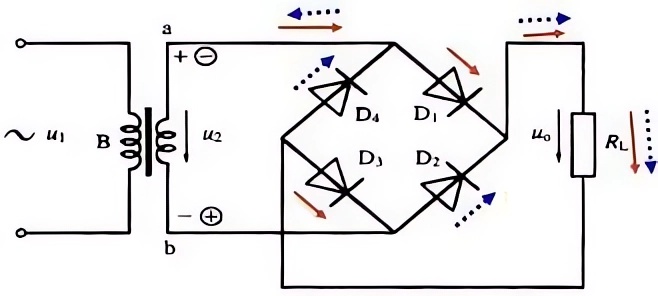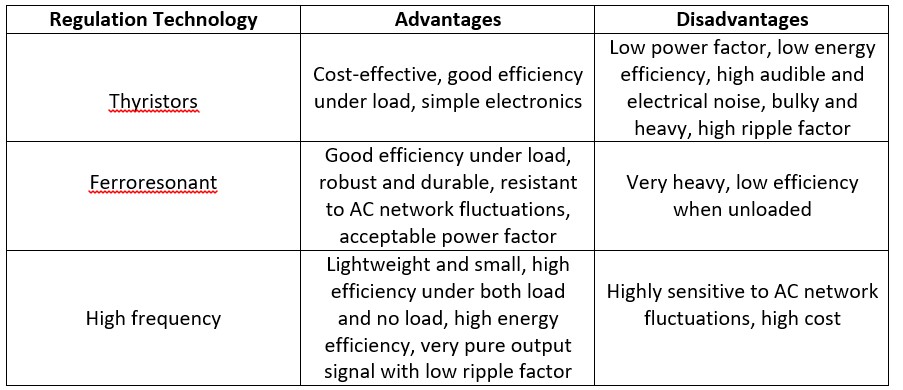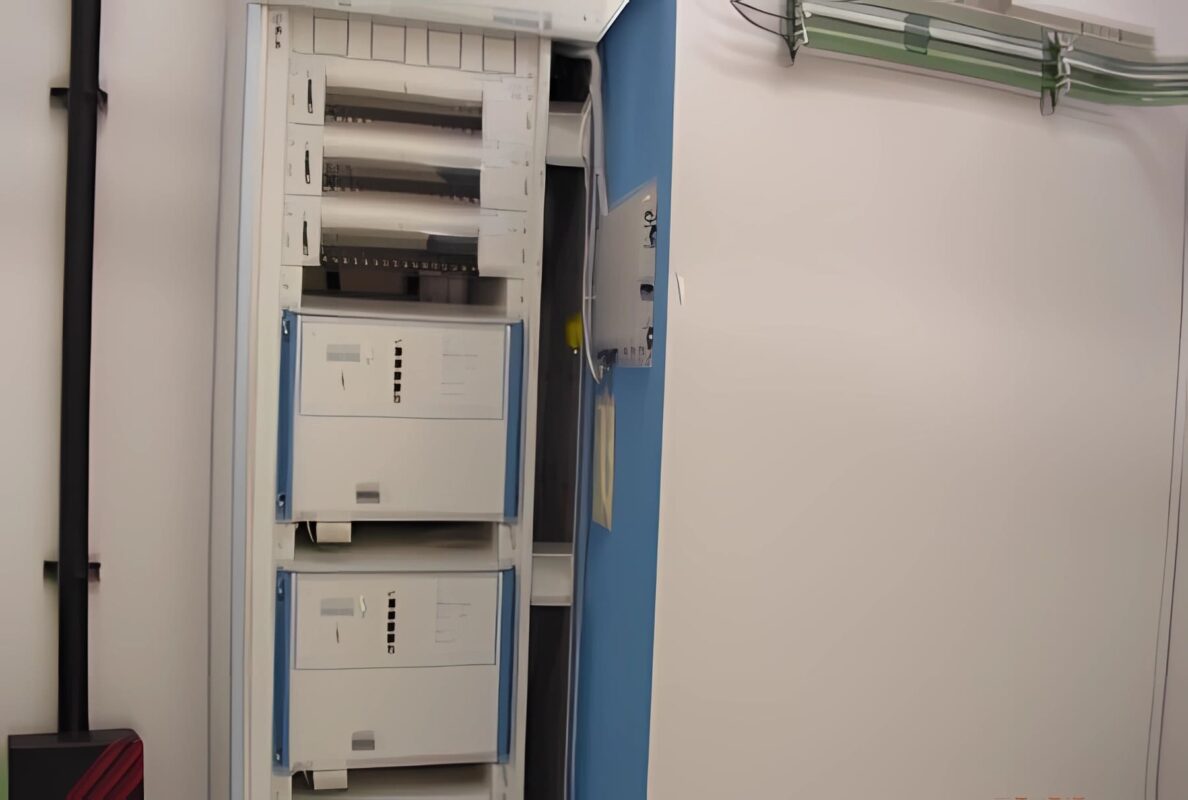AC/DC Power
AC-DC rectifier: float, equalization voltage, regulation, and control
Here we will study some of the general features you should be familiar with regarding AC-DC rectifier. This includes float and equalization, regulation, and their control for telecommunications applications.
You will learn everything you need to know about the operation of rectifiers and their voltage control.
As you can imagine, these devices are crucial as they transform alternating current into direct current, always keeping it constant and regulated to power components associated with telecommunications.
This remains true regardless of load fluctuations and variations in network voltage and frequency. In our post titled AC – DC rectifiers in telecommunications: part 1, we provide a general overview of these devices. Don’t miss it!

The AC – DC rectifier can provide either 24 Vdc or 48 Vdc output, depending on whether it is for mobile or fixed telecommunications. However, their general operation is similar, and many of their functionalities are the same. Let’s take a look!
Regulation AC – DC rectifiers
The current AC – DC rectifier supplies a DC voltage at its output that varies a maximum of 5% for variations in the AC line. Its current depends on the capacity of the equipment.
Now, if it exceeds a certain overload value, typically 110%, it then changes its function, shifting from voltage regulation to current regulation for rectifiers.
This means that under these conditions, the AC – DC rectifier tends to decrease the voltage to maintain a constant level of current and stable power.
If this overcurrent value exceeds 120%, the equipment simply disconnects to protect itself and the load. Because this abnormal condition is assumed to result from a malfunction of the equipment or the power supply, such as a short circuit.
This is an important feature always present in high-quality rectifiers.
Rectifier regulation control
There are 3 technologies for rectifier regulation. Below, we present a comparative table of them so that you can make the best decision for your case when selecting.

Float voltage and battery equalization control
Float and equalization voltages refer to the performance of the AC – DC rectifier as a battery charger while preventing self-discharge.
Now, voltage control in rectifiers includes 2 modes which are:
Float voltage mode
This is the function present under normal operating conditions. Here, the AC – DC rectifier operates as a simple battery charger that keeps the batteries in optimal charging conditions. At the same time, it provides a regulated voltage to the powered equipment
Equalization voltage mode
In equalization voltage, the output voltage of the AC – DC rectifier is increased. This way, the voltage of the cells in the battery bank is equalized, recharging them.
This function should be activated automatically during the programmed hours after a discharge due to a utility grid failure.
It can also be manually activated, the equalization voltage, to charge the battery bank more quickly.
When selecting the AC – DC rectifier, you should verify that the voltage levels mentioned are within the voltage range of the equipment to be powered.
In our article Batteries: everything you need to know, you will learn about these parameters that relate AC – DC rectifiers to batteries.
We recommend purchasing our Telecom power systems design course, which is currently in development. In it, you will learn in detail how to calculate this equipment in the system. Don’t miss out on acquiring it!
Additionally, it will provide you with all the tools for its calculation and sizing. If you want to know its content, you just have to click here.
We also invite you to read our post AC – DC rectifier: alarms and locks for current and voltage that we are writing for you. There you will learn about common alarms emitted by rectifiers.
Likewise, in the energydcac categories, we present a large amount of valuable free content. These contain relevant information about AC/DC power systems y AC – DC rectifiers for telecommunications and the photovoltaic sector.

